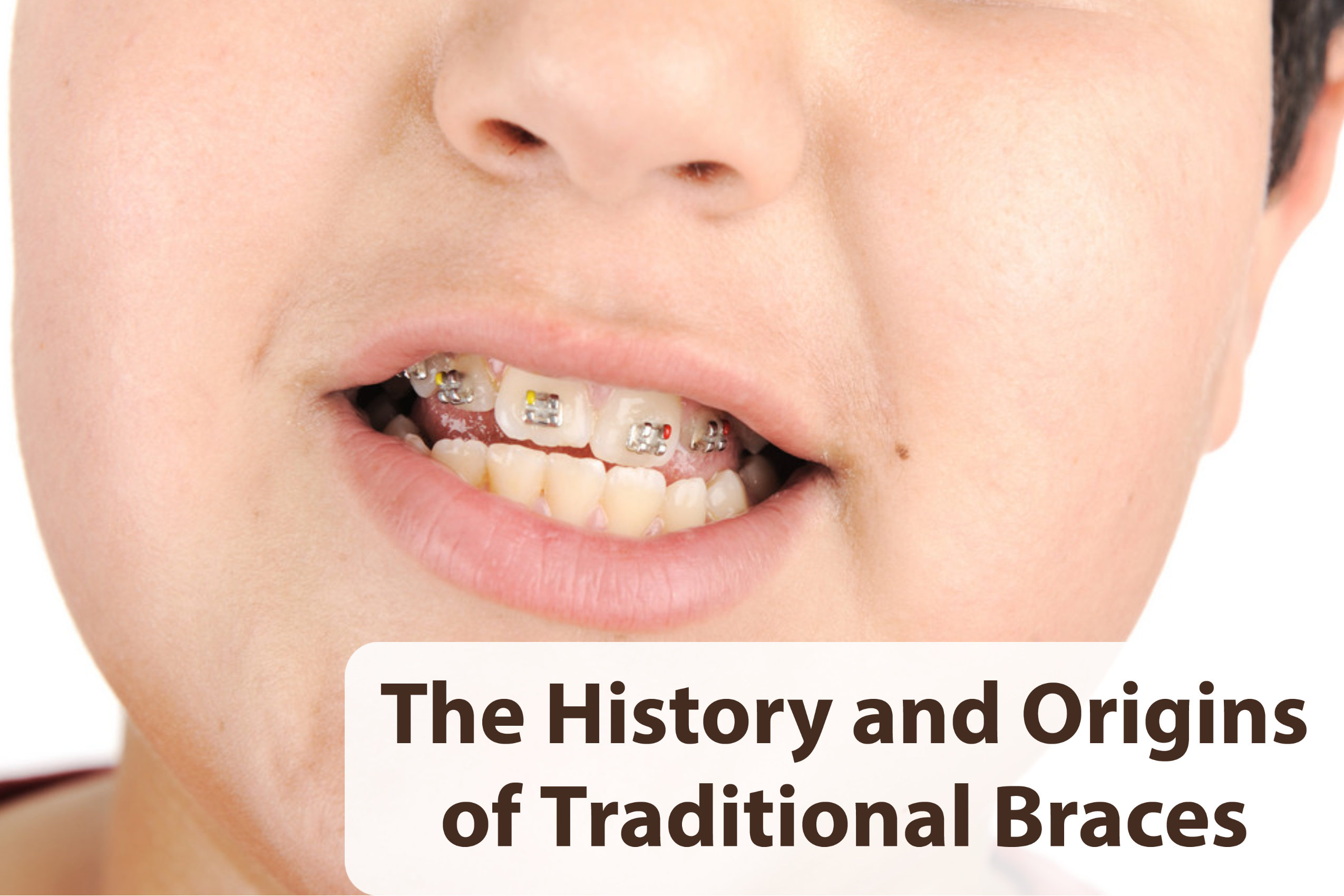Posted on July 28, 2021

If you think that braces are a wholly new invention, think again. Braces have actually been around since the times of Ancient Greeks, who contemplated putting bands on their teeth to straighten them. In this article, we’ll highlight some of the history of braces, while touching on how you should be thankful to live in the modern era.
From the Ancient Greeks to the Etruscans, ancient cultures have pondered whether it was possible to achieve straight teeth by some mechanism put on the teeth. Archaeologists have even found mummies with bands on their teeth! Yet it wouldn’t be until the 1700s when Pierre Fauchard, sometimes called “the father of orthodontics” invented contraptions for expanding the mouth and fixing the order of the teeth. He also noted that children’s teeth were easier to correct than adults, a foundation that was later built upon by Ettiene Bourdet who helped people extract crowded teeth for a better smile. Various appliances, wires, elastics, and contraptions were used until 1880 when J.N. Farrar finally came up with the idea of force at specific intervals to straighten teeth. Modern braces were born!
At the start of the 20th century (1900), orthodontists were likely to use large metal bands on your teeth that were adhered with sometimes caustic adhesives or simply pressure. Commonly made of gold so that they wouldn’t corrode in the patient’s mouth, they were also quite expensive. In the 1950s, the invention and perfection of stainless steel replaced these gold bands. However, there were still very few orthodontists practicing and the metal bands were bulky, cumbersome, and hurt patient’s gums. It wasn’t until sometime in the 1970s that braces did not completely envelop a patient’s teeth and dental bracket adhesive was perfected so that braces did not shift around too much. It was also when lingual braces and clear braces made their first debut.
Today, if you receive traditional braces from an orthodontist, you’re more than likely getting a combination nickel/titanium wire that is heat-activated for applying gradual pressure to the teeth. Instead of constantly having to come back to the orthodontist to get your metal bands adjusted, they usually adjust themselves nicely over time. Modern wires also last longer because they are made with higher quality materials in a more meticulous process, also reducing the trips that a patient has to make to the orthodontist’s office. Although they may seem crude and unforgiving, the modern version of traditional metal braces is far superior to anything in the past.
Up until recently, traditional braces had been exclusively metal and bracketed on the teeth. They had worked well for patients, and over the years had become smaller, lighter, and more efficient with different types of metals. That all changed in 1997 when Invisalign clear aligners were invented by Zia Chishti. Despite having no formal dental training or credentials, Chishti knew that the concept of retainers was a powerful one and that surely there was a way for them to become braces. With the help of computer software and molded pieces that specifically fit patient’s mouths, Invisalign was released to high fanfare in 2000 as the newest form of “traditional braces.”
Now that you know the history of traditional braces, you’re probably glad that you were born in the modern era instead of 1800 or earlier. Orthodontists certainly cared about their patients back then, but without access to certain technologies or studies that stood the test of time, they were in the dark. Formerly, you had just as much of a chance of your traditional metal braces containing lead or other dangerous metals as you did having false teeth made out of ivory or other precious resources. While we know now that the best time to begin orthodontic treatment is at age 7, we can also pretty much guarantee that nobody but adults were receiving braces back in those days. With the cost savings that keep coming year after year for an improved product, make sure to thank your orthodontist when you go back in for an appointment!